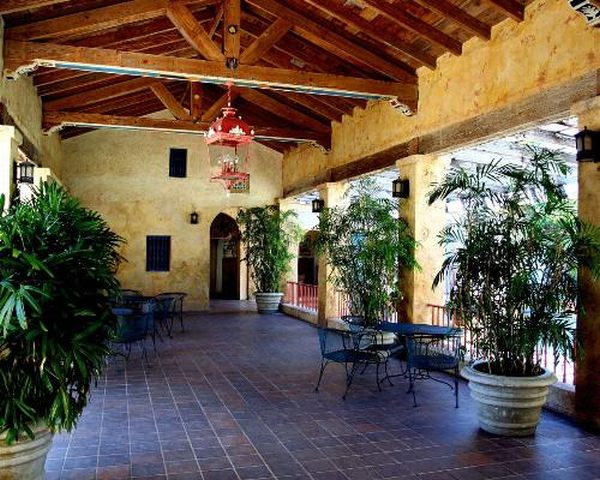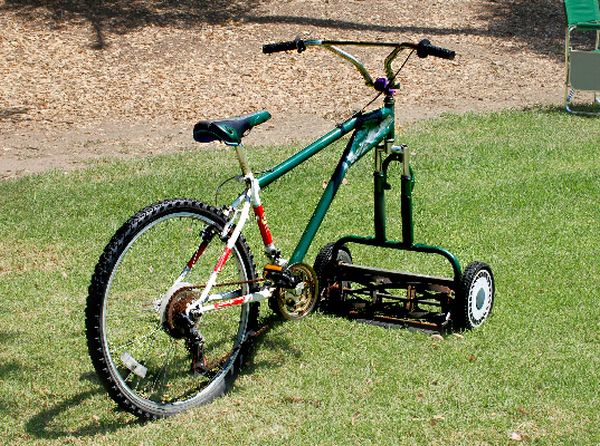
More and more people are understanding the importance of becoming Eco-friendly every possible way. From using Eco-friendly products to building Eco-friendly houses, the passion is definitely on the rise and you can only look for ways by which you can better the trend.
If you are planning an Eco-friendly house, there are many considerations to weigh before you actually start the construction. While aiming for the maximum Eco-friendly output, factors like cost, materials and other important elements have to be considered. Here are five main things to be considered while planning an Eco-friendly house.
1. Calculations
Calculating your entire expense before hand is very essential while building an Eco-friendly house. Eco-friendly houses will definitely be much more costly than building a normal house. You must be willing to consider at least a twenty percent increase in the cost than a standard house.
This, however, must not be a discouragement as the extra cost can be recovered through the years by way of reduction in electricity charges and other utility bills. It is also a good idea to calculate how long it would take to recover the extra amount that you spend on installation of Eco-friendly appliances. This would help you analyze whether it is worth spending so much money on the construction or whether it would be a better idea to consider reducing some costs to balance the entire budget.
2. Planning
Planning what materials to be used and where it has to be sourced form will help you limit your budget and not go overboard. Stick to Eco-friendly materials that are produced locally and are made of naturally occurring substances. The materials must require minimum processing and must be sustainable with least maintenance to be able to stick to the Eco-friendly tag and recover the amount spend to construction faster.
Installing devices that can save water will help in recycling water which can be used for your daily needs. Water saving devices can be installed on your toilet flushes, sinks and showers. Rainwater can be harvested and the water can be used for toilet flushes, for watering the plants in your garden and for laundering your clothes. This will help save water bills and wasting of water as well.
3. Solar energy
The use of solar energy for your daily life can help save hugely on electricity and other utility bills. Energy form the sun can be used for operating your electronic gadgets and also for eliminating the use of electronic appliances due to the design of the house. The northern part of the house can be installed with big windows which are double paneled. Solar panels can help in heating water and thereby reducing the cost of using heaters during winter months.
For bringing about energy efficiency in the house, you can do insulation in the house. The ceilings can be double installed so that it helps in holding heat generated by the sun. This will help in keeping the interiors warm during the winter season and prevent the use of heaters. You may also use solar energy for operating your electronic appliances like fan so that electricity bills will be considerably reduced.
4. Energy efficient appliances
Energy efficient appliances could turn out to be expensive for your pocket. But while building an Eco-friendly house, it is better to stick to energy efficient appliances as well as they can help reduce the overall cost of living in the long run. You can also do your own bit by using insulation boards for covering your refrigerator for making it more energy efficient, switching off gadgets that are not in use and using minimum energy for your daily needs. This will help sustain our natural resources and also reduce power consumption, keeping up with the Eco-friendly concept.
5. Indoor settings
The interiors of the house too can be made Eco-friendly by creating proper ventilation which will help in reducing the use of fans and ACs. The walls can have ventilation to fan in fresh air from outside. Use of materials and paint can help the air to penetrate will leave the interiors cool all throughout the day and also prevent the setting in of heat on the walls which will make nights too very cool. Materials that catch dust like carpets and rugs must be kept away from the house and wood floors can be used instead of concrete so that the interiors remain very cool and Eco-friendly.




